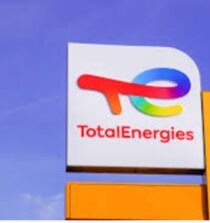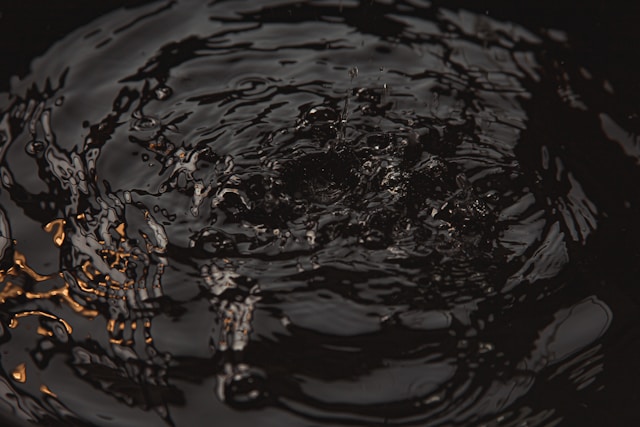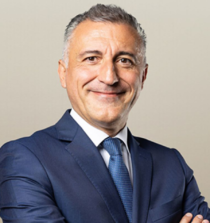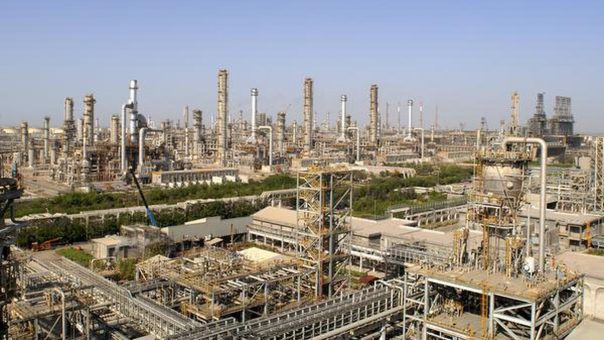By Simon Ferrie
“The world’s demand for oil is expected to decline in the future,” Guido Brusco, Eni’s chief operating officer for natural resources, told Petroleum Economist. But “80% of global energy demand is satisfied by fossil fuels and it is hard to think that in the next ten or 15 years that will drop to the low levels forecast by some agencies.”
However, Brusco does expect the widespread replacement of other fossil fuels with gas, as it is the cleaner alternative. He stressed that gas has a lower carbon footprint, plus the flexibility to support baseload power generation, “as the world needs to manage the intermittency of renewables”.
The combination of gas-fired generation and carbon-capture technology is “the most efficient solution today” to the problems of security of supply and carbon abatement, Brusco stated. And he noted that the gas supply crisis arising from the Russian invasion of Ukraine boosted Europe’s coal use, saying that “the lack of investment in gas [lead to an increase in] the consumption of more polluting fuels”.

For its part, Eni aims to increase gas’ share of its production mix to 60% by 2030 and 90% by 2050, up from gas and associated liquids accounting for around 52–53% currently.
Areas of focus
Brusco explained that Eni has three main geographic areas of focus: the Mediterranean, Southeast Asia and Africa. “Asia is becoming increasingly important,” said Brusco, explaining that “the Pacific LNG market is where we see most of the increase in LNG consumption” in the coming years. The world’s largest consumer nations—China and Japan—are in Asia, while Eni expects “emerging markets such as Thailand, India [or] Pakistan” to “lead demand growth in the long term”, he continued.
“We think [FLNG] is the right technology to access resources which at the moment are stranded, or might become stranded” Brusco, Eni
Eni plans to bring the second phase of its Baleine project in Cote d’Ivoire online by the end of this year, Brusco confirmed. “This is a flagship project for us”, he stated. The field currently produces 23,000b/d, but the second phase—comprising an additional FPSO—would raise oil output to 60,000b/d and gas production to 50–60mcf/d. The Italian major is planning to take FID next year on a third phase, involving a third FPSO unit. Assuming that expansion is approved, the three phases combined will raise Baleine’s output to 150,000b/d and 200mcf/d. Baleine “will be our first net zero, scope one and two project in Africa”, Brusco explained.
Eni is also looking at other opportunities in Cote d’Ivoire’s offshore. In March this year, the company discovered hydrocarbons at Calao, with the preliminary assessment indicating potential resources of 1-1.5m boe in place. “We are now planning an appraisal” for Calao, Brusco confirmed.
Indonesian ambitions
In line with that identification of Southeast Asia as a key market, Eni plans to have two gas hubs in operation in Indonesia’s Kutei Basin with a combined capacity of about 2bcf/d. The hubs will supply the existing Bontang LNG facility, also in Indonesia. One hub is already in operation in the Kutei Basin, comprising a floating, 750mcf/d unit.
And “thanks to the discovery made last year, we will build a new hub in the north of the basin”, said Brusco, explaining the second unit is being designed with a 1–1.2mcf/d capacity and will be “in production sometime after 2028”. Bontang LNG has 20mt/yr of installed production capacity, but due to its dependence upon declining fields, just 5.6mt was utilised last year.
This is “one of our most exciting projects”, he continued, stressing that no additional investment will be required for the liquefaction infrastructure, while the development is in “the most promising market” for LNG, so freight costs will be competitive.
Back in Africa, the company also recently farmed into “a very promising block in Namibia”, which is surrounded by blocks that have already yielded discoveries, said Brusco. This block was PEL 85, and Eni farmed in through the Azule Energy joint venture.
Floating LNG and infrastructure
The Italian firm has also successfully deployed floating LNG (FLNG units) in Mozambique and Congo-Brazzaville. “We think this is the right technology to access resources which at the moment are stranded, or might become stranded,” said Brusco.
The second Congo FLNG unit is due to be in production “by the end of 2025”, he continued, adding that Eni is also evaluating another FLNG project in Mozambique, Coral North, “which would be a carbon copy of Coral South”, incorporating lessons learned from that development. FLNG is now “a proven technology” that can bring on production swiftly and effectively, he continued.
End-2024 – Next Baleine phase due online
Eni is also engaged in a “near-field strategy” to maximise resources near existing infrastructure, and not just around the Kutei Basin gas plans. This is “mostly in North Africa”, where the company has assets in Algeria, Libya and Egypt, said Brusco, explaining that there is lots of exploration activity and four hubs within that region for potential tie-ins. He also stressed the greatly improved security situation in Libya.
“Angola is another country where we have near-field exploration, through our JV Azule Energy,” he continued, before noting that Eni is also looking at utilising some of the spare capacity in infrastructure and facilities in the UAE. Norway, where the company is present through Var Energi, “is another area where near-field exploration pays out quite quickly”, he added.
Carbon capture and storage
Eni is also heavily involved in CCS projects. Ravenna CCS is the company’s first key carbon project in Italy, and the first phase is about to start operations. “Phase two will bring the total injection capacity to 4mt/yr, which will come onstream before 2030. This will then [subsequently] be increased to 16mt/yr. We have expressions of interest from emitters, which exceed peak capacity,” stated Brusco.
The company has a similar project in Liverpool Bay, and Brusco explained that the UK regulator is close to issuing an economic licence, “which is the foundation for the project”. Eni hopes to have that licence by Q3 this year, and take FID in Q4, as “some of the key emitters also need to reach FID in this case”, he continued.
“Eni is involved in the transport and storage, while carbon capture is the business of the emitters”, explained Brusco. Liverpool Bay comprises two phases, the first with a capacity of up to 4mt/yr by 2030, while the second phase will boost capacity to 10mt/yr after 2030. Other Eni CCUS projects include Bacton, in a depleted offshore reservoir near London.
Regarding the scalability and economics of carbon capture, Brusco noted that technology and the industry have started “the journey of making costs more competitive”. He stressed that there are “two essential business models” for CCUS, one for capture and the other for transport and storage, and emphasised the critical role of regulators in agreeing renumeration rates for the transport and storage portions. “For carbon capture, it is more contracts for difference”, he continued. “Our portfolio of projects…has competitive advantages” due to the use of “depleted reservoirs close to large industrial centres”. This means high percentages of carbon dioxide in exhaust gases, so the capture process is more efficient and less energy-intensive.
CCS is just one of the components of Eni’s decarbonisation plans alongside biofuels, renewables, and “to some extent hydrogen”, Brusco stated. “There is no one solution” to the energy transition, he said, adding that “we need all the solutions” including gas-fired generation coupled with carbon capture. And CCUS is “probably the only option” for hard-to-abate industries, such as cement, glass and fertilizer manufacture, Brusco concluded.








